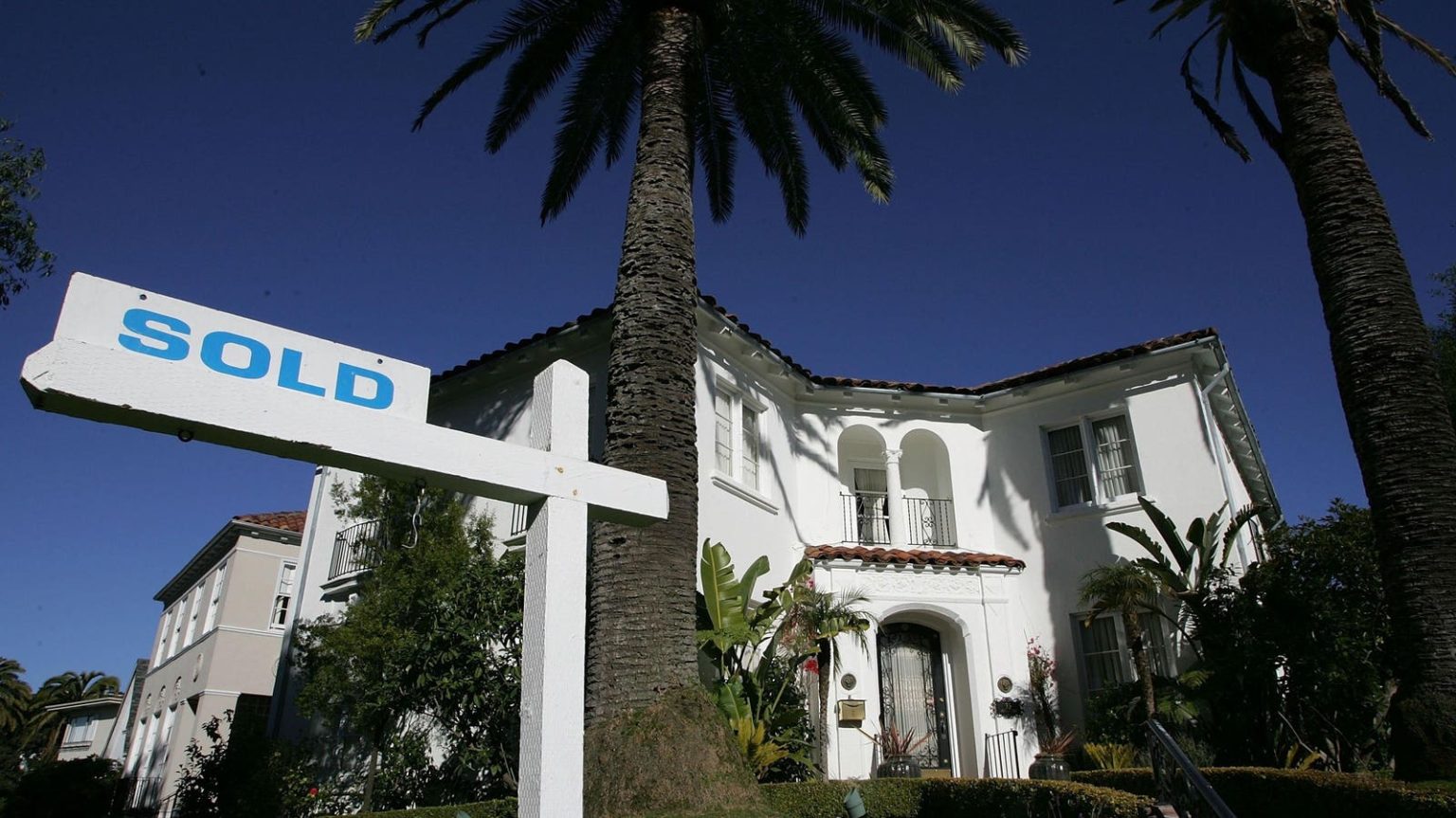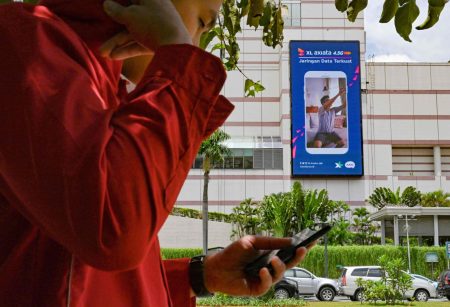As housing affordability in the United States hit an all-time low in 2023, lower-income Americans are finding it increasingly difficult to purchase homes. According to a report by Redfin, only 26% of new mortgages in 2023 were issued to low-income Americans, down from 31% in 2020. On the other hand, high-income earners accounted for nearly half of the new mortgages, with 44.8% in 2023, compared to 41.2% in 2020. This disparity in mortgage issuance highlights the challenges that lower-income Americans are facing in the housing market.
Despite the overall affordability challenges, some areas in the Midwest and East Coast remain relatively affordable for low-income earners. Detroit, Philadelphia, Minneapolis, and Cleveland all have high percentages of new mortgages issued to low-income earners. On the other hand, California metros and Miami showed the lowest percentages of new mortgages issued to low-income earners, with cities like Anaheim, Miami, Los Angeles, San Diego, and San Francisco all having single-digit percentages.
The affordability crisis is particularly pronounced in certain cities, where homebuyers with the typical local income are required to spend a significant portion of their pay on monthly housing costs to afford a median-priced home. For example, in cities like San Francisco, Los Angeles, and San Diego, homebuyers had to spend over 60% of their income on housing costs. In contrast, cities like Detroit and Pittsburgh were more affordable, with homebuyers only needing to spend around 20% of their income on housing costs.
The pandemic initially created a favorable environment for homebuyers, with low interest rates and temporary dips in home prices benefiting lower-income Americans. However, as home prices surged and the housing shortage persisted, homebuying affordability worsened. The Federal Reserve’s interest rate hikes in 2022 and 2023 further pushed mortgage rates to near record-high levels, widening the real-estate wealth gap between rich and poor Americans. This combination of factors has made it increasingly challenging for lower-income Americans to enter the housing market.
As of 2023, the median home sale price has risen to $420,000, up 5% from the previous year and 40% since the beginning of the pandemic in 2020. Mortgage rates have also surged to 7.2%, more than double the low of 2.7% in 2021. As a result, the required down payment for a home purchase has increased to $84,000 at a 20% down payment rate, a 5% increase from the previous year. These rising costs are making homeownership out of reach for many lower-income Americans.
In conclusion, the housing affordability crisis in the United States is reaching unprecedented levels, with lower-income Americans facing significant challenges in accessing homeownership. As home prices and mortgage rates continue to rise, the gap between rich and poor Americans in the real estate market widens, making it increasingly difficult for lower-income individuals to achieve the dream of homeownership. These trends highlight the need for policy interventions and solutions to address the growing inequality in the housing market and ensure that all Americans have the opportunity to own a home.















